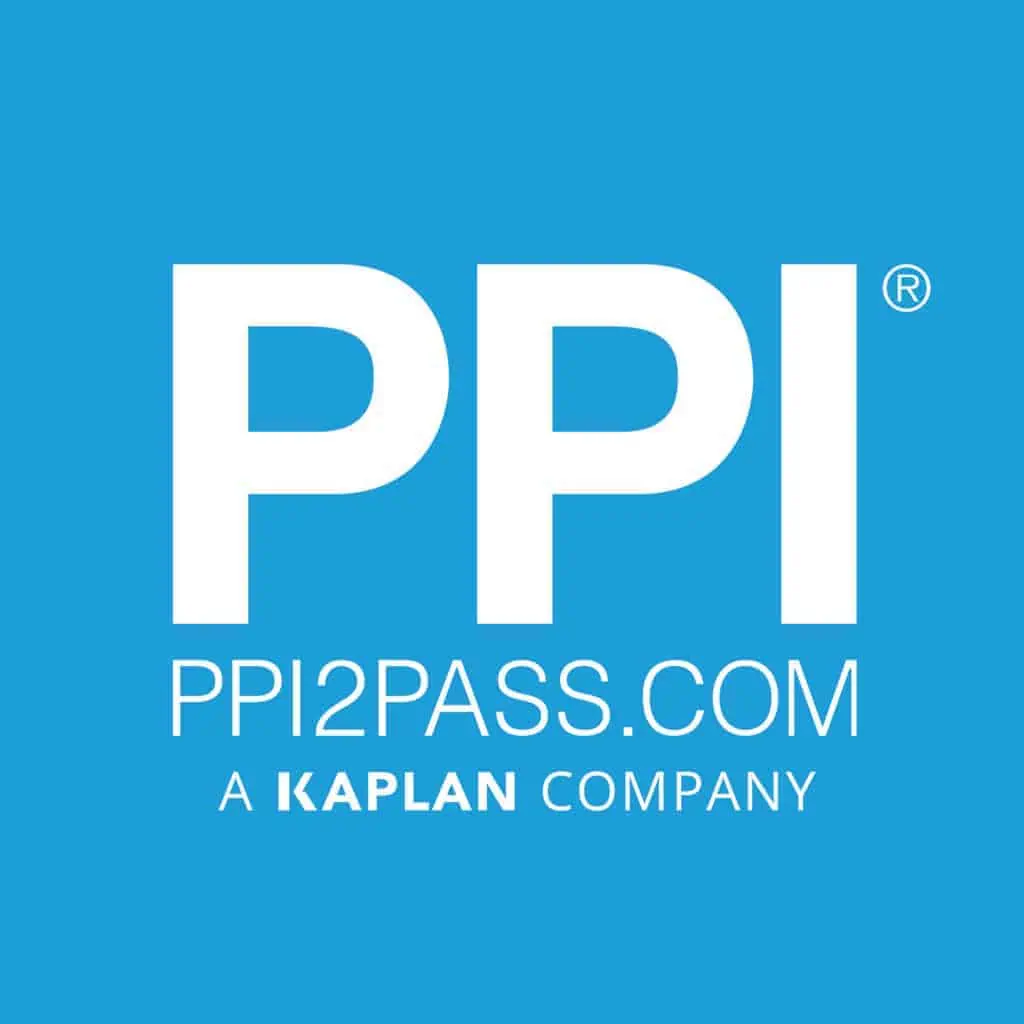In this article (and video above), we reveal the SECRET to overcoming the challenging topic of moment of inertia and help you achieve success on your engineering licensing exam.
We’ll start by revisiting the basics of inertia and then dive deeper into essential topics like centroidal area and the parallel axis theorem. These concepts are critical for understanding how the moment of inertia works and will prepare you to handle the different scenarios you’re likely to encounter on the exam.
Question:
In this question, we are presented with an I-beam, and we’re asked to calculate its moment of inertia about its centroidal x-axis. We’re also given a list of possible answers, all presented in mm – so straight off the bat, we know that we’ll be sticking to this unit in our calculations to keep things simple and prevent possible conversion mistakes. Now – before we jump into the solution to this problem, let’s review some key concepts so you have a better understanding of the theory behind this question.
Problem Context: Area Moment of Inertia
The area moment of inertia is a parameter that defines how much resistance a shape – like that of the cross-section of a beam – has to bending due to its geometry. For example – when we apply a concentrated load to the center of three simply supported beams like we have here – we get an intuitive feel for how the beams would react under this stress. In this case, the beams are bending about their own central axis referred to as their centroidal axis. The beam to the left would deform easily under this stress due to its cross section having a small inertia or ‘resistance to bending’ about its central axis. But when you look at the second or third beam, they have larger inertias making them more resistant to bending in this plane. This resistance to bending is influenced by the distribution of area about the bending axis, meaning when a shape has more of its area distributed further away from the bending line, like with our I-beam, it’s also less likely to bend.
[Read more…] about What’s the SECRET to Mastering MOMENT of INERTIA on the FE Exam?









 Matthew currently serves as a content creator and host of The Engineering Project Management Podcast. A civil engineer by trade, Matthew has developed a passion for construction and stormwater management by way of maintenance and rehabilitation services. Matthew has also had experience working with private consulting firms and public agencies, and has even held a role of an educator. As such, he loves to lead, build, mentor, and help those in need.
Matthew currently serves as a content creator and host of The Engineering Project Management Podcast. A civil engineer by trade, Matthew has developed a passion for construction and stormwater management by way of maintenance and rehabilitation services. Matthew has also had experience working with private consulting firms and public agencies, and has even held a role of an educator. As such, he loves to lead, build, mentor, and help those in need.